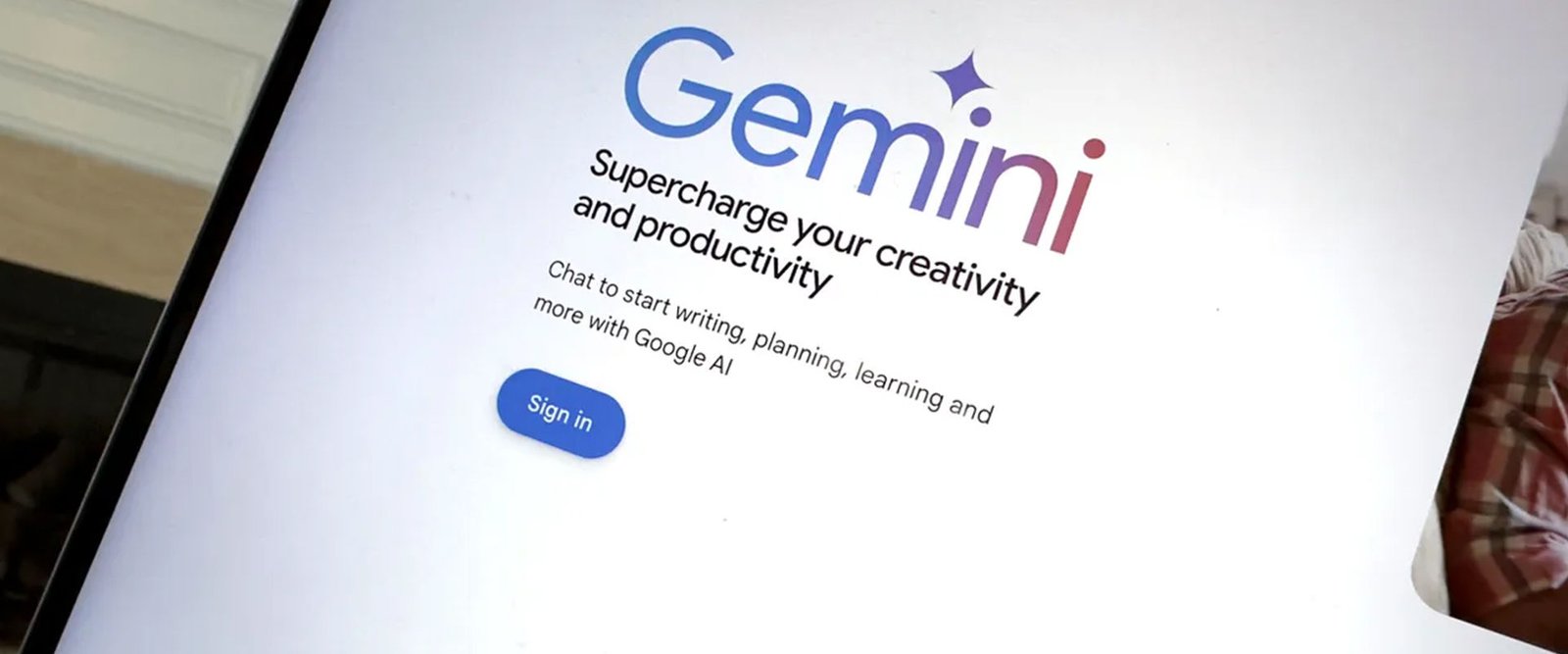Google’s AI Overviews (formerly known as Search Generative Experience, or SGE) are reshaping how users interact with search results. By generating AI-powered summaries at the top of search pages, Google provides instant answers—often reducing the need for users to click on external websites.
This shift has major implications for organic click-through rates (CTR) and search behavior. Who benefits? Who loses visibility? How can websites adapt?
What This Guide Covers:
How AI Overviews work and how Google selects sources.
The impact on organic CTR and affected query types.
SEO strategies to optimize for AI Overviews and maintain traffic.
Understanding AI Overviews (SGE)
What Are Google’s AI Overviews?
Entity: AI Overviews, SGE, Search Generative Experience
AI Overviews are AI-generated search summaries that aim to provide direct answers by pulling information from multiple web pages.
How They Evolved:
- Featured Snippets (Pre-SGE): Pulled a single excerpt from a single webpage.
- AI Overviews (SGE): Use AI-driven synthesis to combine multiple sources into a comprehensive response.
Where They Appear in Search Results:
At the top of SERPs for informational and research-driven queries.
Includes citations to multiple sources (though links are not always prominent).
May contain images, videos, or interactive elements.
How Does Google Select Sources for AI Overviews?
Google’s AI selects content for Overviews based on:
Entity associations – Structured, entity-rich content gets priority.
EEAT signals (Experience, Expertise, Authority, Trust) – Pages with strong trust factors are more likely to be cited.
Information Gain – Pages that add unique insights beyond common knowledge.
Key Takeaway: AI Overviews prefer deep, structured content over generic summaries.
Impact on Click-Through Rates (CTR)
CTR Before and After AI Overviews
How AI Overviews Change Search Behavior:
Increase in zero-click searches – Users get answers without clicking links.
Organic CTR declines for informational queries – Top-ranking sites see fewer direct visits.
Increased competition for AI-cited sources – Being included boosts visibility but doesn’t always drive clicks.
Data Insights on CTR Impact:
- 70% of AI Overview users find answers without clicking on a website. (Source: Similarweb)
- Organic CTR for top-ranking sites in AI-impacted queries has dropped by 18-25%. (Source: SparkToro)
- Mobile searches see higher AI Overview engagement than desktop.
Which Types of Queries Are Most Affected?
Most Impacted (CTR Decline)
How-to searches – “How to fix a leaky faucet”
Definition-based queries – “What is machine learning?”
General knowledge searches – “Who is the CEO of Tesla?”
Less Impacted (CTR Still Strong)
Transactional queries – “Buy iPhone 15 online”
Navigational searches – “LinkedIn login”
Branded queries – “Nike Air Force 1 reviews”
Key Takeaway: Informational content faces the highest CTR drop, while commercial and branded queries remain stable.
Winners and Losers: Who Gets the Clicks Now?
Who Benefits?
Sites cited in AI Overviews – Increased brand exposure.
Deep, structured content pages – More likely to be referenced by Google.
Strong EEAT websites – Medical, financial, and expert-driven content fares better.
Who Loses?
Thin-content sites – Pages that lack depth, originality, or structured data.
Basic, redundant content – If your content is similar to existing Overviews, it won’t be cited.
Websites relying on FAQ-style SEO – Google’s AI now generates its own FAQ-style answers.

How Search Behavior Is Changing
How Users Engage with AI Overviews
New User Behavior Trends:
Users read AI Overviews first, scroll less.
Click engagement decreases on non-cited organic results.
Branded search CTRs remain stable – Users still click for in-depth information.
Impact on Branded vs. Non-Branded Queries
Branded Queries (CTR Stays Strong)
Users still click results for official brand information.
Example: “Tesla Model 3 price” → Clicks to Tesla’s official site remain high.
Non-Branded Queries (More AI Impact)
Generic informational searches lose direct traffic to AI Overviews.
Example: “Best running shoes for beginners” → Users may stay within AI Overviews rather than clicking.
Key Takeaway: Brand recognition and authority are now critical for maintaining search traffic.
SEO Strategies for AI Overviews
How to Optimize for AI Overviews
Ways to Get Cited in AI Overviews:
Create structured, entity-rich content with Schema markup.
Focus on unique insights and information gain.
Use internal linking to reinforce entity relevance.
Strategies to Maintain CTR & Traffic
Make Your Content Stand Out:
Use charts, downloadable PDFs, and interactive elements.
Write compelling, curiosity-driven headlines.
Focus on in-depth comparisons & expert-backed insights.
Leveraging Brand Mentions & Topical Authority
Boost Entity Recognition to Get Cited:
Get cited in authoritative sources (news, research, major blogs).
Encourage co-occurrences (mentions on multiple high-EEAT sites).
Use internal linking to strengthen topical depth.
Conclusion
Google’s AI Overviews are reshaping SEO, reducing CTR for informational searches, and changing how users engage with search results.
Key Takeaways:
Optimize for AI citation by focusing on structured, high-value content.
Use EEAT best practices to establish authority.
Adapt content strategies to encourage clicks beyond AI Overviews.
At Collab Lab, we help brands adapt their SEO for AI-driven search.
Want to future-proof your search strategy? Contact Collab Lab today!
FAQs: AI Overviews, CTR & Search Behavior
Yes. Deep content, structured data, and EEAT factors improve citation chances.
No, but they are changing the visibility of organic results, especially for informational queries.
Because Google now provides summarized answers directly in the SERP, reducing the need for clicks.





